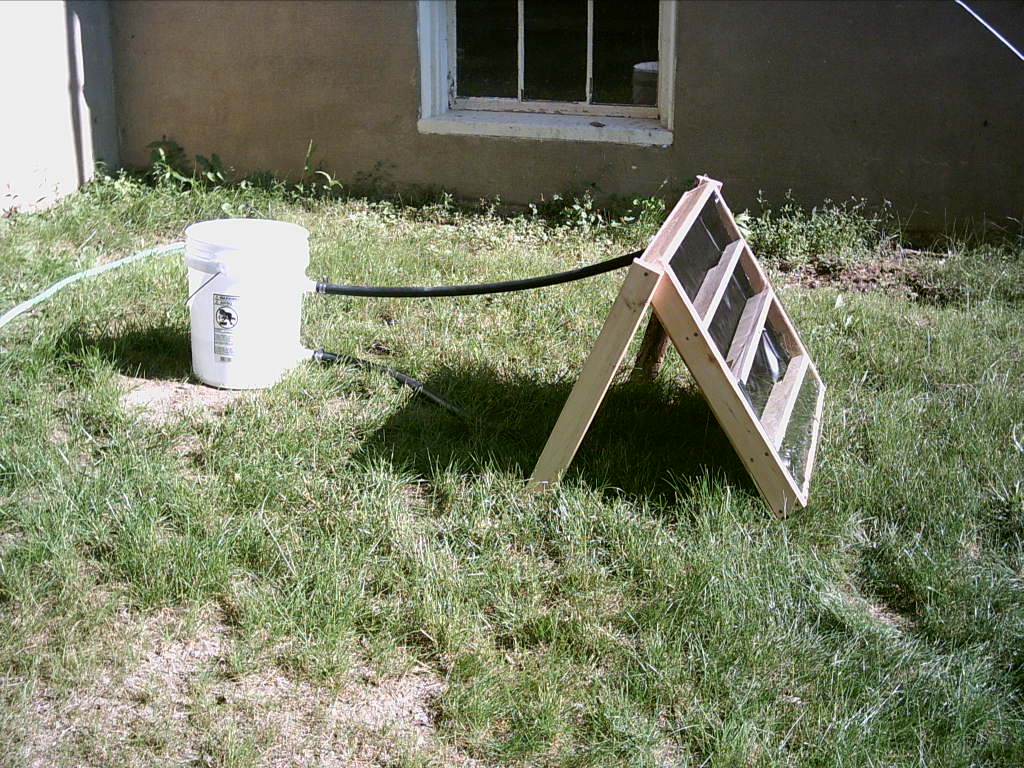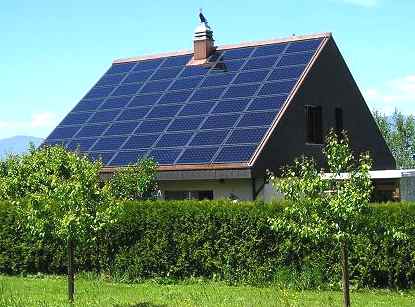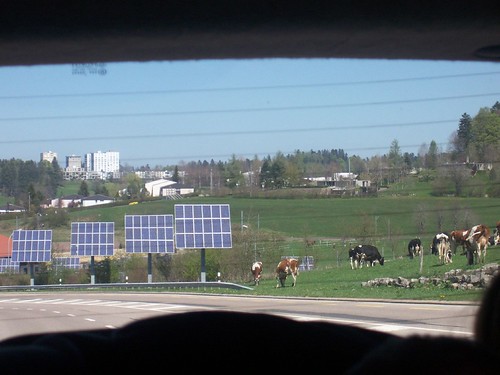 become a hot topic lately, but this technology is nothing new – Native Americans, people in China and even the early Greeks have historically turned their buildings to the sun for heat.
become a hot topic lately, but this technology is nothing new – Native Americans, people in China and even the early Greeks have historically turned their buildings to the sun for heat.These early architects were using what is known as passive solar energy. This technique makes the best use of regular building materials to trap heat with no additional mechanical equipment used. Floors, windows and roofs play a role in attracting (or deflecting) the sun's rays.
There are a number of ways to take advantage of solar radiation, starting with the house's placement. Having the house face the equator (we'll assume we're in the Northern Hemisphere, thus the house should face south) means that it gets the day's sunlight. Window orientation is also important – for optimal efficiency, most windows should point within 30 degrees of due south. Maintaining a small percentage of north facing windows will ensure that your home is comfortable year round (and not cooking in the summer).
Rock or stone tile floors and brick walls will absorb the solar radiation and continue to give off heat after the sun is gone. While common windows allow heat to escape, special windows with low-e coating, multiple panes, inert gas fill, and/or insulated frames can reduce heat loss 50 to 75 per cent. By sealing your building envelope and insulating well, you will ensure that the heat stays in the house. It can then be distributed through the house using a regular ceiling fan.
Direct sunlight is not the only important light to think of when considering energy use. By using overall daylight to light a space you can cut down the need for electrical lighting and the heat that's created by it. Artificial lighting has only been the main source of illumination since the 20th century. And using natural light may have added benefits for your physical and mental health. In addition to windows, daylighting makes use of skylights, light pipes (also known as light tubes), atriums, and light shelves to illuminate the interior. This is best considered when building, but with a few small renos your house can be much brighter, naturally!
Passive cooling is another way to cut your bills and become more energy efficient. This is especially useful in warmer climates, where air conditioning can be a major power consumer. Passive cooling refers to using things for shading, to absorb the heat, and goes hand in hand with passive solar energy. It can be accomplished using exterior landscaping choices – trees and other vegetation – or interior/exterior building options, such as shades, blinds or special glazing on windows.
Whether you are building a new home, looking at doing some renovations or just want to cut your energy bill, passive solar energy and cooling techniques are an easy way to incorporated green ideas into your home. With the rising interest in environmental issues, they make an excellent selling feature and they'll save you money.
This article was produced for Carolyn Gjerde-Tu and the team at Discover Davis Homes. For more information on real estate in Woodland CA, visit Carolyn – your online source for Davis CA real estate, discoverdavishomes.com

















